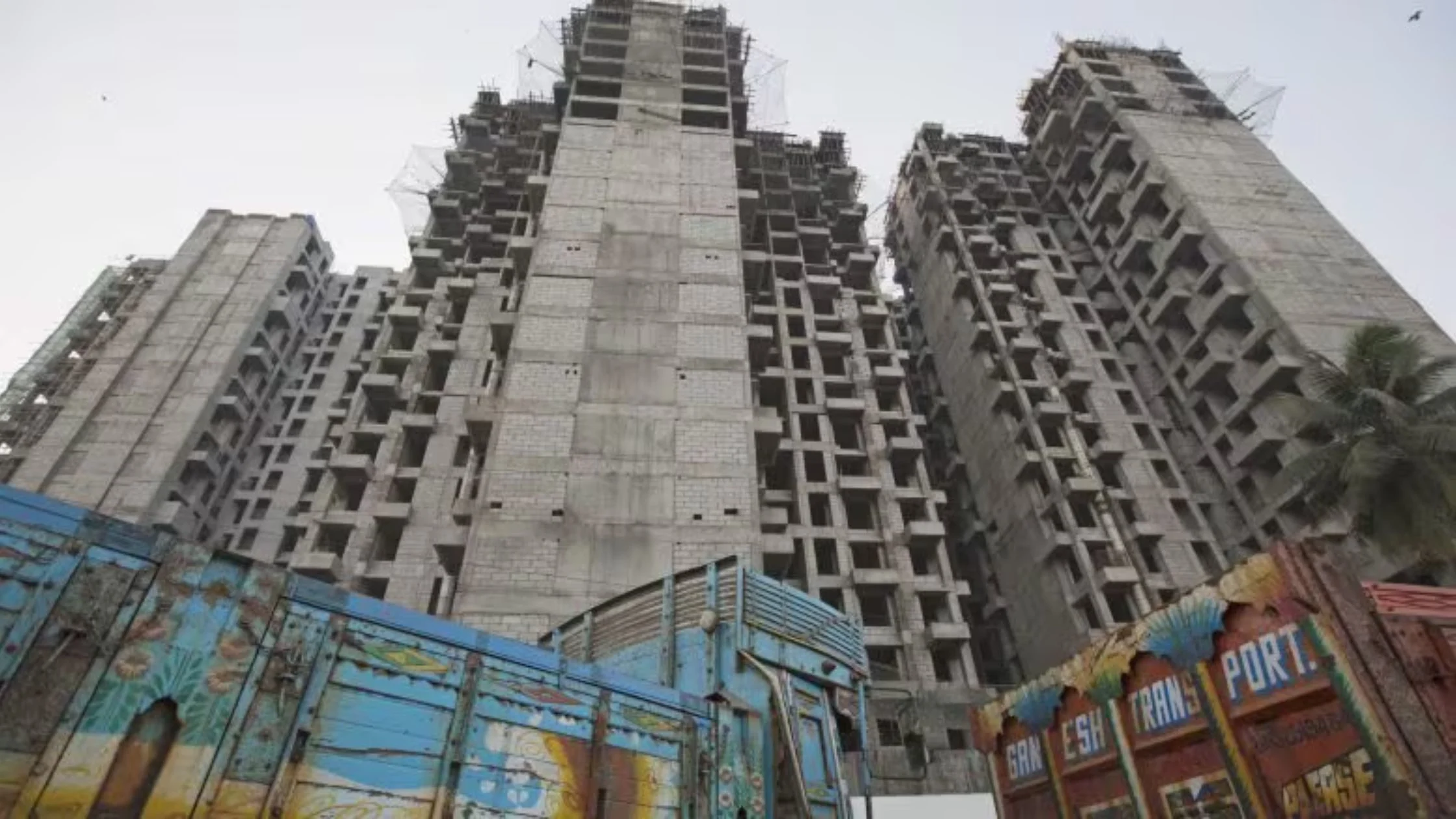Table of Content
The festive season in India has always been a time when homebuyers make their move whether it’s for better deals, auspicious timing, or long-awaited financial planning. This year, the real estate market has an additional reason to draw attention: the rollout of GST 2.0, also referred to as the Next Gen GST Reform. With the government lowering tax rates on key construction materials, many are asking the same question: Will homes really become cheaper this festive season?
What GST 2.0 Means for Real Estate
The new GST 2.0 framework is not just a minor adjustment but a structural reform aimed at simplifying taxation and rationalising slabs. For the real estate sector, the biggest relief comes from reduced GST rates on construction materials, including cement, tiles, granite, paints, and wood products.
For instance, cement, one of the most expensive construction inputs, has seen its GST rate cut from 28% to 18%. Similarly, tiles, paints, and plywood have shifted from higher slabs down to 18% or even 5%. While these changes may look modest on paper, they can reduce overall construction costs by 2–4%, which is significant for developers managing large-scale housing projects.
Also Read: How GST 2.0 Impacts India’s Real Estate Industry?
Impact on Developers’ Costs
Developers are among the biggest beneficiaries of the Next Gen GST Reform. Construction costs typically make up nearly 30–40% of a project’s total expenses. A reduction in tax on raw materials directly eases this burden.
Industry estimates suggest developers could save around 3–5% on construction expenses with the revised GST structure. These savings may not immediately translate into blanket price cuts, but they give developers the flexibility to:
- Pass on part of the benefit to homebuyers.
- Offer better festive discounts or payment flexibility.
- Absorb inflationary pressures without increasing prices.
This shift could help developers maintain competitiveness in a crowded housing market.
Immediate Benefits for Homebuyers
For homebuyers eagerly scanning festive season offers, the impact of GST 2.0 may not be instant. Ongoing projects, where developers have already procured materials at older tax rates, may not show immediate reductions in property prices.
Instead, buyers are more likely to see indirect benefits, such as:
- Festive discounts and freebies bundled with housing offers.
- Flexible payment plans, including subvention schemes or deferred EMIs.
- Customised deals targeting first-time buyers and mid-income families.
New launches, however, will reflect the benefits of lower input costs more quickly, since developers will procure materials under the revised tax structure.
Savings for Buyers: How Much Can You Expect?
Even a 2–3% reduction in construction-linked costs can make a noticeable difference for homebuyers. For example:
- On a property worth ₹50 lakh, savings may range from ₹1–1.5 lakh.
- On homes priced at ₹1 crore, buyers could save as much as ₹2–3 lakh.
While this may not sound like a dramatic cut, it reduces upfront payments and lowers the overall loan requirement. For first-time buyers or those stretching budgets in the mid-income segment, these savings add meaningful affordability when combined with festive season offers.
Will Developers Pass on the Benefit?
The critical question is whether developers will pass on the benefit of lower GST to homebuyers. Industry experts suggest:
- Across-the-board price drops are unlikely in the short term.
- Competitive pressure, along with RERA-mandated disclosures, will encourage many developers to share part of the savings.
- Some may use the cost reduction to stabilise prices in upcoming projects rather than announcing direct cuts.
For buyers, this means the benefits of Next Gen GST Reform are more likely to appear as price stability, better offers, and improved affordability rather than sharp reductions.
Market Forces and Buyer Strategy
In real estate, competition ensures that once a few developers start offering GST-linked benefits, others follow. Additionally, channel partners, brokers, and property consultants often highlight cost advantages to attract buyers, creating further pressure on developers to pass savings along.
For buyers, the festive season strategy should be:
- Prioritise new launches and mid-segment projects where GST savings are reflected more clearly.
- Negotiate for festive discounts + flexible payment options in ongoing projects.
- Verify RERA registration and compliance to ensure transparency in pricing.
Also Read: Yeida Approves Revision of Buildings Bylaws Banning Construction Near Airport
Festive Season Outlook
With GST 2.0, stable home loan interest rates, and seasonal discounts, this festive season is shaping up to be promising for buyers. While one should not expect a “price crash,” the cumulative effect of small tax savings, festive offers, and competitive deals can significantly boost affordability.
The reforms also create a ripple effect: lower costs make developers more confident in launching new projects, adding supply and diversity to the housing market at a time when demand is strong.
Conclusion
The launch of GST 2.0 / Next Gen GST Reform marks an important step in simplifying taxation and reducing construction costs for the real estate sector. While buyers may not witness dramatic price drops this festive season, the reforms bring subtle but meaningful benefits from reduced costs in new projects to improved festive offers and stable pricing in ongoing ones.
For homebuyers, particularly in the mid-income and first-time buyer segments, this festive season is an opportunity to leverage tax savings, discounts, and affordable financing together. In the long run, the reforms are set to enhance transparency, predictability, and buyer confidence strengthening real estate as a trustworthy investment avenue.




_1767164061.webp)


Ans 1. GST 2.0, also called the Next Gen GST Reform, is a tax reform that lowers GST rates on key construction materials like cement, tiles, paints, and wood products, reducing project costs for developers and improving affordability for buyers.
Ans 2. Cement has been reduced from 28% to 18%, while tiles, paints, and wood products have dropped to 18% or even 5%, bringing noticeable savings in construction expenses.
Ans 3. Immediate price cuts are unlikely in ongoing projects since materials were bought earlier at old rates, but new launches will reflect the lower costs more quickly.
Ans 4. Developers save around 3–5% on construction costs, giving them more room to offer discounts, flexible payment options, and absorb inflation without raising prices.
Ans 5. A buyer could save about ₹1–1.5 lakh on a ₹50 lakh home and ₹2–3 lakh on a ₹1 crore property, especially in projects launched after the GST cuts.
Ans 6. Not all developers will reduce base prices, but competitive pressure and RERA rules are likely to push many to share the benefits through discounts or better deals.
Ans 7. Since materials for ongoing projects were purchased earlier, buyers may not see price cuts, but they could still get festive offers or flexible payment schemes.
Ans 8. Homebuyers should focus on new launches, negotiate festive discounts, and check RERA compliance to ensure transparency while making purchase decisions.
Ans 9. By reducing costs, it encourages developers to launch more projects and keeps prices stable, which boosts supply, competition, and buyer confidence.